In many European countries, the practice of tipping has evolved into a more seamless and integrated system compared to other parts of the world. Unlike in the United States, where tipping is often seen as an obligatory addition to the bill, Europe has adopted a more subtle approach. Here, service charges are frequently included in the total amount, eliminating the need for customers to calculate or leave additional gratuities. This system reflects broader cultural attitudes toward service, wages, and hospitality.
The concept of automatic tipping is deeply rooted in Europe’s labor laws and social norms. In nations like France, Italy, and Spain, service staff are typically paid a living wage, which reduces their reliance on tips to supplement income. When you receive a bill at a restaurant, you might notice a line item labeled "service compris" or "servizio incluso." This indicates that a service charge—usually between 10% and 15%—has already been factored into the total. For many travelers, this comes as a relief, as it removes the guesswork and potential awkwardness of determining how much to tip.
However, this doesn’t mean that tipping is entirely absent. In some cases, patrons may choose to leave small change or round up the bill as a gesture of appreciation for exceptional service. For instance, if a meal costs €47, a diner might hand over €50 and tell the server to keep the difference. This practice is especially common in casual dining settings or when paying in cash. Credit card receipts in Europe rarely include a tip line, further emphasizing that gratuities are neither expected nor mandatory.
Cultural nuances play a significant role in how tipping is perceived across Europe. In Scandinavian countries, where high wages and strong social welfare systems are the norm, tipping is almost nonexistent. Customers might find it odd to leave extra money, as fair compensation for service is already assumed. Meanwhile, in tourist-heavy areas of Southern Europe, staff may be more accustomed to receiving tips from international visitors who are unaware of local customs. This can sometimes lead to confusion, with travelers unsure whether they’re being polite or inadvertently overpaying.
The automatic inclusion of service charges also extends beyond restaurants. In hotels, for example, it’s common for a service fee to be part of the room rate, covering everything from housekeeping to concierge services. Taxi drivers, too, often charge fares that include a built-in tip, though rounding up remains a polite habit. Tour guides and spa employees might operate on a similar principle, with gratuities either included or politely declined unless the service exceeds expectations.
For visitors from tipping-centric cultures, adjusting to Europe’s approach can take some time. The absence of pressure to tip can feel liberating, but it’s important to recognize that this doesn’t equate to poor service. European hospitality tends to prioritize efficiency and professionalism over the overtly friendly, tip-motivated interactions common elsewhere. Staff are trained to provide excellent service as part of their job description, not as a means to earn extra income.
That said, there are exceptions to the rule. In the United Kingdom, for instance, tipping customs straddle the line between European and American traditions. While service charges are often included in London restaurants, it’s not uncommon for patrons to leave an additional 10% if they’re particularly pleased. Pubs, on the other hand, rarely see tipping unless table service is involved. The UK’s hybrid model showcases how tipping practices can vary even within a single country.
Understanding these differences is key to navigating Europe’s dining and service culture with confidence. Travelers should take a moment to review their bills for any included service fees before adding extra. When in doubt, observing locals or asking a simple question like, "Is service included?" can prevent misunderstandings. At its core, Europe’s automatic tipping system is designed to create a more equitable and straightforward experience for both customers and workers—one where good service is a given, not a transaction.

By Grace Cox/Apr 14, 2025
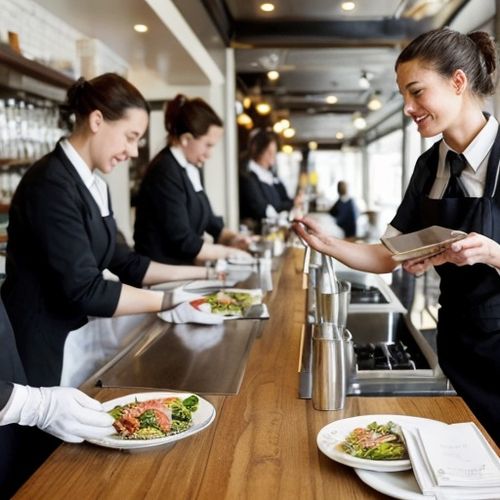
By Emma Thompson/Apr 14, 2025
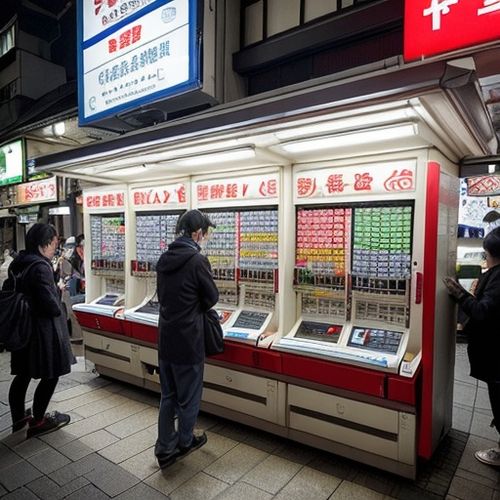
By Daniel Scott/Apr 14, 2025
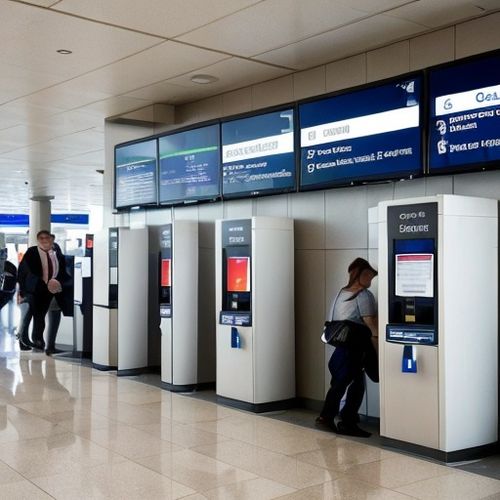
By Rebecca Stewart/Apr 14, 2025

By Emily Johnson/Apr 14, 2025

By Megan Clark/Apr 14, 2025
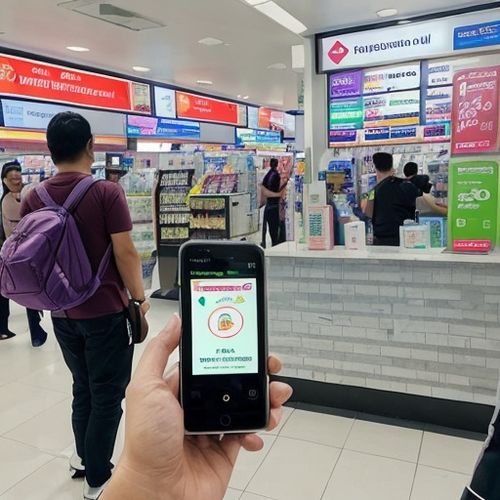
By Emma Thompson/Apr 14, 2025

By Grace Cox/Apr 14, 2025

By Christopher Harris/Apr 14, 2025

By Joshua Howard/Apr 14, 2025

By Noah Bell/Apr 14, 2025
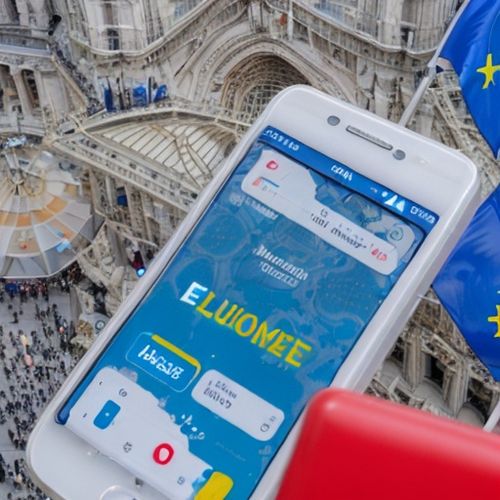
By Grace Cox/Apr 14, 2025
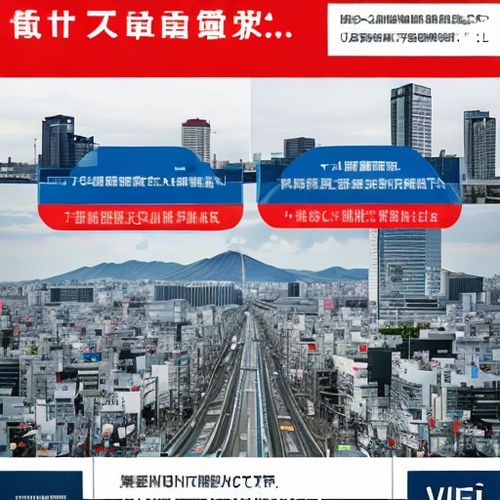
By Joshua Howard/Apr 14, 2025

By Victoria Gonzalez/Apr 14, 2025

By Grace Cox/Apr 14, 2025

By Christopher Harris/Apr 14, 2025

By Lily Simpson/Apr 14, 2025

By Laura Wilson/Apr 14, 2025

By Michael Brown/Apr 14, 2025

By Noah Bell/Apr 14, 2025